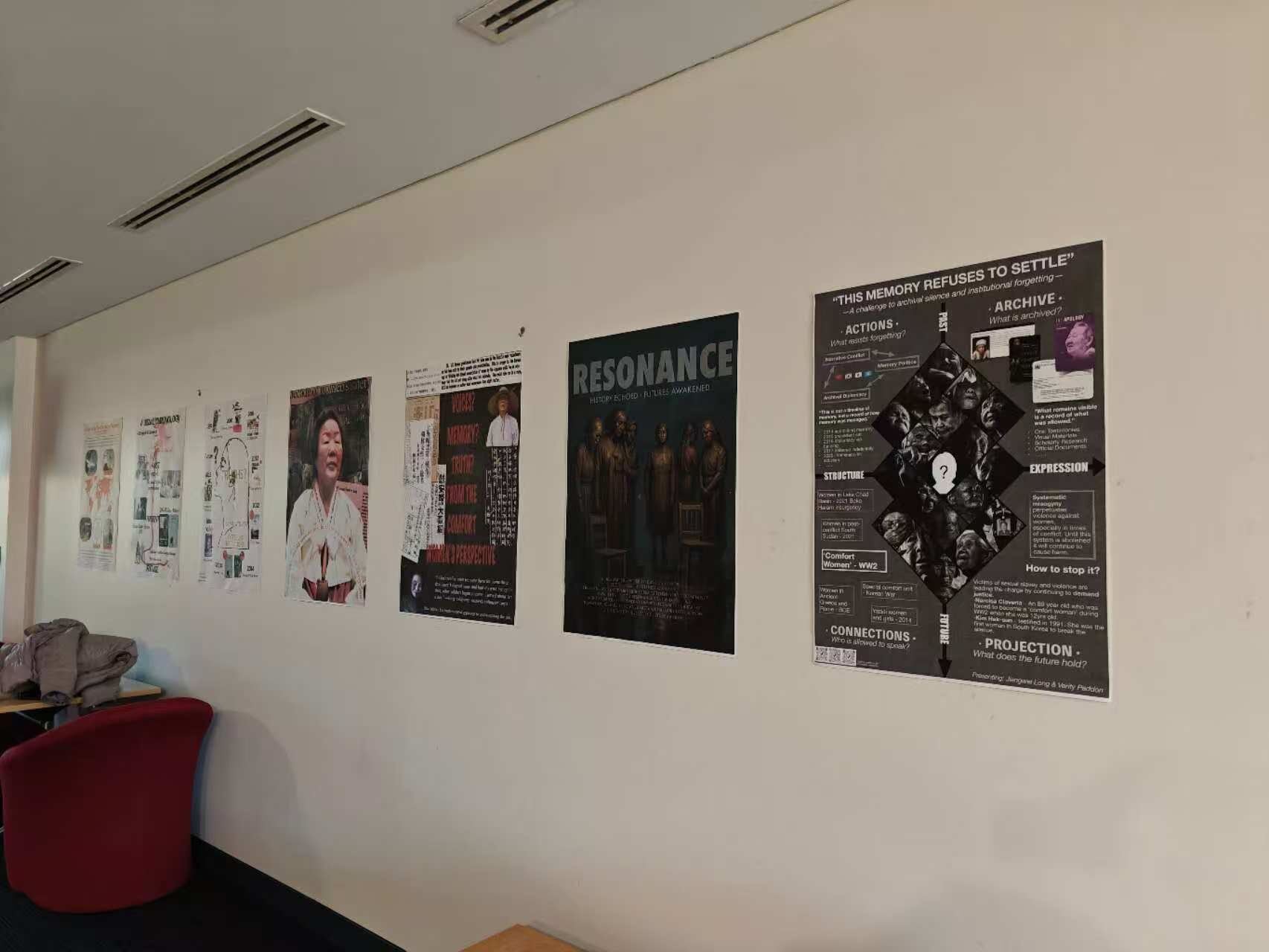Continuing their exploration through Marie Reay as part of our Exploring Learning Spaces at ANU Series, the Learning Environments Team within the Centre for Learning and Teaching caught up with Dr John Debs from the Research School of Physics to explore a Virtual Learning + Teaching Space within Marie Reay.
John, at the time, was presenting a 1st year lesson on Forces using Virtual Reality (VR) on the Super floor of Marie Reay. Tim Grace (Manager, ECE) and Liane Joubert (Learning Environments Officer, ECE) experienced the VR simulation for themselves before having a chat with John.
The “game” the students play was designed to “tackle some misconceptions, and a lot of them [students] have these aha! moments”. The game was designed and developed with “ease of play” in mind. The goal was to make it as intuitive as possible with only one button to control in order to pick up and throw the ball.
When John chose the activity of the influence of different forces (gravity, mechanical force from your hand and wind resistance) on an object (basketball), his aim was to help students with some misconceptions in their understanding of the world. “One of the things that is hard about learning science, is that you have to break down your intuition and unpack your misconceptions, correct them and then rebuild them in a model of the world,” John says. They goal was to provide the students with something they cannot gain through a regular way of assessing knowledge, like through a multiple-choice question for instance.
However, for a student to understand the forces “tested” in the game, it is important to have some background knowledge [content covered]. John says that it is important to plan and target a session like this for your students appropriately to ensure that the background knowledge has been acquired in order for a practical “unpacking of misconceptions” to be successful. In this case, the theory of different forces were taught in Week 3 of Semester 1 while the VR session was facilitated the week after to allow students to test the theory in a virtual world.
One of the hot topics at the moment is accessibility of learning. Although this experience is fairly accessible in terms of physical needs (in principal), i.e. the headsets, however, it does not necessarily accommodate for those with visual or hearing impairments.
While Liane’s chat with John was focused on the learning space and learner experience, Tim’s angle is more focused on the teaching space and teacher experience.
When asked about deciding on this space (i.e. the Super floor in Marie Reay), John said that in Physics, they have invested a lot in flat teaching spaces before Marie Reay existed. Physics moved away from lecture-style teaching many years ago and more towards interactive environments to aid in more “problem solving”-type teaching.
One of the challenges of using this space in Marie Reay is the time it takes to set up and clear up before and after the lesson as it is the facilitator’s responsibility to ensure that everything is put back in place in order for the next academic to use the space. The flexibility of the furniture in the room (foldable tables and easily stackable chairs) make the setting up and clearing up much quicker and easier.
Local area spaces are slightly more accommodating as they can be designed with cupboard space in the room to store equipment to reduce lugging it around.
As confronting as the notion of a “virtual learner” and “virtual teacher” interacting is, the importance lies in the design of the interaction. While in consultations during the design stages, John uses tools like narration and visual cues/clues to guide students through the activity. Through attempting to predict the misconceptions and possible things students can get wrong, he then tries to intervene in a way he thinks will help correct those misconceptions.
This all being said, John believes the conversation about the experience is just as valuable, if not more, than the actual experience itself. Even though students are emersed in a virtual world, John still thinks that the teacher is not replaceable. You can read more about John’s VR apps in this article from December 2020.
Thank you very much to John for his time chatting to us! In the June edition of the CLT newsletter, the team continues their exploration and will talk to ANU Library staff about their spaces and get some students perspectives on how they are using them. In the meantime, please explore some OTHER chapters in this series below:
- Marie Reay Building : Tim Grace + Liane Joubert
- Student Voices on Learning Spaces
- Chifley Library – Roxanne Missingham + Tom Foley + Terra Starbird

Dr John Debs is Senior Lecturer in the Research School of Physics – ANU College of Science. John is Convenor of the highly recognised Foundations of Physics course, and is the founder of the ANU MakerSpace. He has been recognised with an Australia Award for Teaching Excellence.
Liane Joubert is a Learning Environment Officer and Tim Grace is the Manager of the Education Communities and Environments (ECE) team – one of the three teams within the ANU Centre for Learning & Teaching (CLT).







